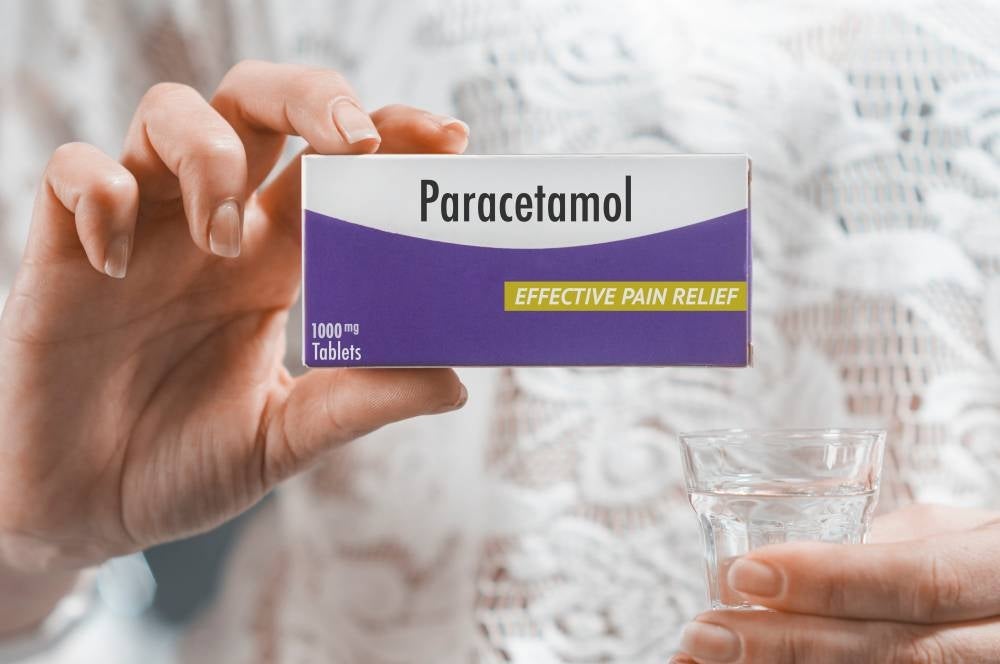Paracetamol and its many active ingredients
Ahmad Dhiyauddeen Abdul Shukor
Paracetamol, also known as acetaminophen in many countries, is a non-opioid analgesic and antipyretic agent used to treat fever and pain.
It blocks the release of certain chemical messengers in the brain that are responsible for pain and fever. Paracetamol is used for most type of pain from headache, toothache, joint pain, muscle pain and menstrual pain.
It comes in different strength and different dosage forms which includes tablet, capsule, caplet, suspension as well as suppository.
For people who find it difficult to swallow tablet or capsule, paracetamol is also available as soluble tablet that dissolves in water.
Paracetamol tablet is available in 500 mg and 650 mg while paracetamol suspension comes in two strengths which are 120 mg/5 ml and 250 mg/5 ml suspension.
It is important for consumer to check the label and paracetamol content before purchasing the medication.
Safe Dose
The recommended dose for paracetamol is 4 g per day in divided dose which means one need to take one to two tablets of 500 mg paracetamol every four to six hours up to a maximum of eight tablets daily.
For 650 mg paracetamol tablet, consumer can take one to one and a half tablet, three to four times a day up to a maximum of six tablets in 24 hours.
On the other hand, the recommended dose of paracetamol for children less than 12 years old is based on the child’s weight or age.
It is essential for parents to know their children's weight to ensure that the dose of paracetamol prescribed is safe.
The calculation of paracetamol dose is 15 mg/kg of body weight and should be adjusted according to the strength of the syrup product used.
One pill for all your symptoms
Why take several pills for one disease when you can take two-in-one or even three-in-one pill?
Medicine manufacturers have started to use combination product that contains paracetamol and other active ingredients. The idea is that, consumer has to take one pill only to treat multiple symptoms.
One of the reasons is to improve patient compliance.
The addition of other active ingredients will provide a more specific pain relief to certain conditions.
Among the active ingredients used in combination with paracetamol is caffeine. Caffeine will further enhance the effects of paracetamol analgesic.
This combination is ideal for patients with migraine problems, severe headaches or back pain.
However, paracetamol containing caffeine product is not suitable for women who are pregnant or breastfeeding
Other than that, there is also a combination of paracetamol and pamabrom.
Pamabrom has diuretic effects that can remove excess water accumulated due to hormone changes during menstruation. It can be used to treat bloating, swelling and other signs of water weight gain related to menstrual symptoms.
It can also help relieve menstrual pain discomfort before or during menstruation in women.
The combination of paracetamol and caffeine as well as paracetamol and pamabrom is an over-the-counter (OTC) product that can be purchased at a pharmacy or supermarket without a doctor's prescription.
However, there are also paracetamol combination products that require prescriptions such as paracetamol and codeine as well as paracetamol and orphenadrine.
Codeine is an active ingredient that belongs to the opioid analgesic group. This ingredient can be used on its own or in combination with paracetamol to relieve moderate pain.
Orphenadrine, on the other hand, is a muscle relaxant that helps to reduce muscle cramps. This combination of paracetamol and orphenadrine is commonly used to treat muscle pain.
On top of that, there are also products with a combination of three types of active ingredients in the market namely paracetamol, pseudoephedrine and chlorpheniramine which are controlled medications.
This combination product helps to alleviate cold and flu related symptoms. Pseudoephedrine is a nasal decongestant that works by narrowing down the small blood vessels providing relief to stuffiness in the nose while chlorpheniramine is an antihistamine which relieves allergy symptoms like runny nose, watery eyes and sneezing.
Side Effects
Most patients taking paracetamol do not experience any adverse side effects.
However, inform your doctor or pharmacist in the event of any serious side effects such as bleeding and bruises for further investigation and treatment.
Some patients may also experience severe skin reactions due to allergies to paracetamol.
If patients experience redness on the skin, blisters or rash after paracetamol intake, patients are recommended to stop using paracetamol and seek medical help immediately.
Take with caution
Although paracetamol is classified as a general remedy available in community pharmacies and supermarkets, consumers are advised to take it with caution.
More so with paracetamol combination products as they contain more than one active ingredient.
Taking medications containing the same active ingredient from products of different brands simultaneously might lead to paracetamol overdose and brings harm to the patient.
For those with heart condition or hypertension, do consult with your doctor or pharmacist before taking it.
If you are taking more than one product at the same time, check product labels carefully. Get accurate information about medicine from healthcare professionals.
If there are any inquiries regarding health supplements and medicines, please call the National Pharmacy Call Centre (NPCC) at the toll-free line 1800-88-6722 during weekdays from 8am to 5pm.
Prepared by Ahmad Dhiyauddeen Abdul Shukor, pharmacist at the Sabah Health Department, Health Ministry.














